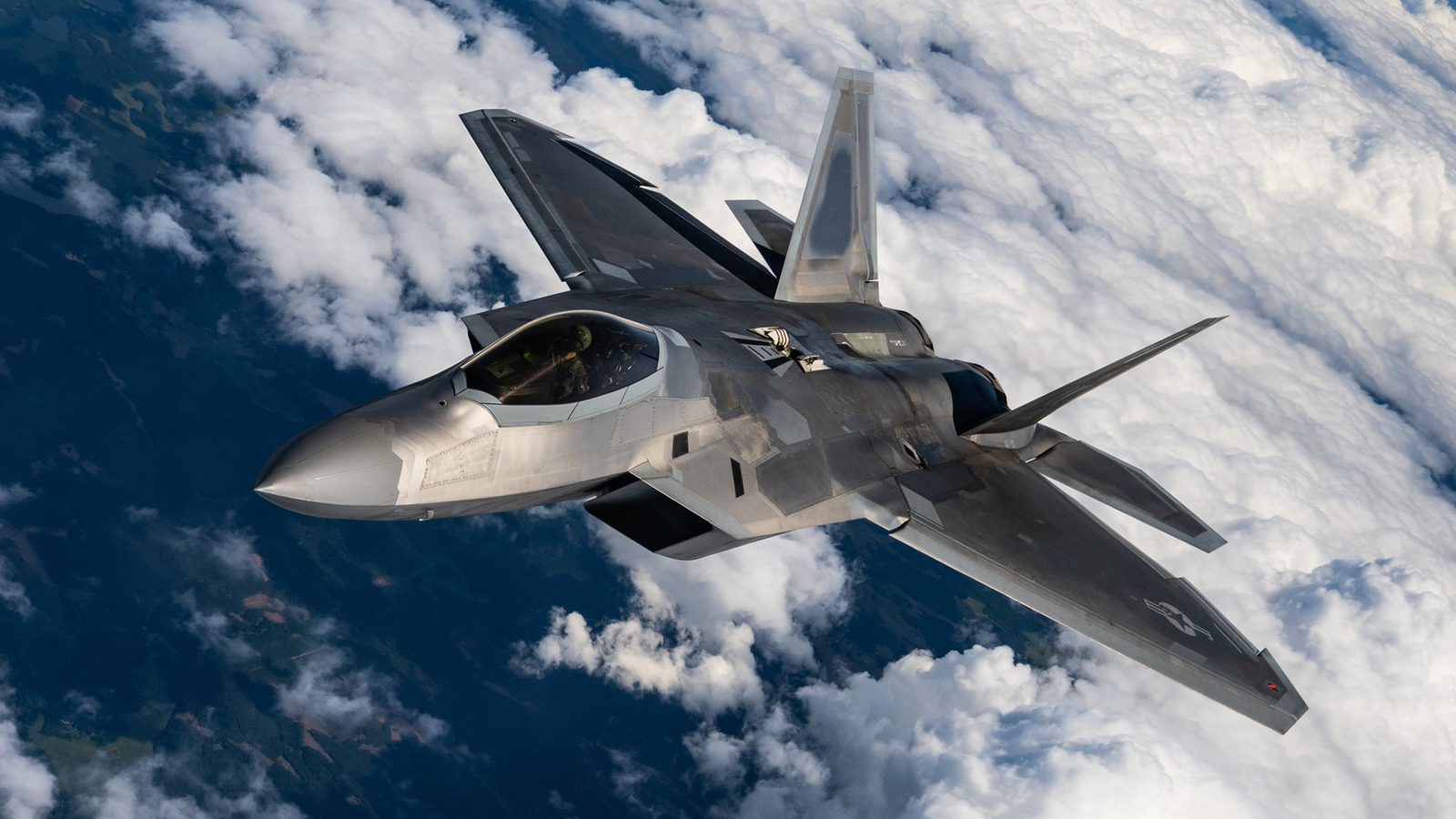
Few issues in military aviation arouse so much controversy as the current competition between the F-22 Raptor and the F-35 Lightning II. These two stealth fighters of the United States embody the best in contemporary air combat technology, with each offering strengths and compromises that set them apart. With air forces across the globe making upgrades to their fleets and new threats on the horizon, what sets these planes apart is more important than ever.

The F-22 Raptor was built by the U.S. Air Force’s Advanced Tactical Fighter program, with Lockheed Martin and Boeing collaborating on the development of a jet dedicated entirely to air superiority. Initially flown in 1997, the Raptor was built to be fast, maneuverable, and stealthy — the pre-eminent aerial force. Production numbered around 180 aircraft, and exports were prohibited because of its extremely sensitive technology. Although production ceased in 2011, the Air Force is still modernizing the current Raptors to maintain competitiveness.

On the other hand, the F-35 Lightning II came out of the Joint Strike Fighter program as a more versatile, multirole aircraft. Lockheed Martin crafted three versions tailored for the Air Force, Navy, and Marine Corps. Since its first flight in 2006 and official service entry in 2015, the F-35 has become the most widely used fifth-generation fighter worldwide, with over a thousand delivered and countless hours logged in the air.

When it comes to clean flying performance, the F-22 still retains a definitive advantage. With a top speed of Mach 2.25 and d better climb rate, it’s a highly effective dogfighter and interceptor. Its thrust vectoring ability and maneuverability make it superior in conventional air-to-air combat. The Raptor can climb more than 60,000 feet per minute, surpassing the F-35’s modest 45,000 feet per minute climb.

But the F-35 was not intended to be a speedster. Rather, its most valuable asset is its cutting-edge electronics and versatility. The Lightning II features state-of-the-art sensors such as AESA radar and an advanced Electro-Optical Targeting System that provide pilots with unmatched situational awareness. Its networked warfare and sensor fusion capabilities allow it to integrate with other assets and excel in dense, advanced battlefields.

Flexibility is where the F-35 excels. While the F-22 excels at air dominance, the F-35 is able to transition from air-to-ground attacks to reconnaissance, anti-ship operations, and even nuclear deterrents. It internally and externally carries a wide variety of weapons and serves as the “quarterback of the skies,” smoothly integrating operations in air, sea, land, space, and cyber. This makes it a potent force multiplier for joint forces.

Both jets are stealthy, but they approach it differently. The bigger F-22, with its external weapons bay, has a radar signature that is dependent upon configuration. The F-35 design, in contrast, maximizes stealth against some of the most prevalent types of radar used for fire control. With its sophisticated avionics, the Lightning II allows pilots to perceive more of the battlespace without being detected.

Needless to say, all this capability doesn’t come at a low cost. The F-35 project is the most costly defense project ever, with a projected cost of over $2 trillion during its life cycle. Delays in modernization, heavy maintenance costs, and difficulty in repair have led to concerns regarding affordability and being combat-ready. Refurbishments are still being made to enhance engines and cooling mechanisms, but certain technological risks remain. To manage costs, the Air Force and Navy have scaled back projected annual flying hours.

Operating these sophisticated aircraft demands a new type of training. Pilots must not only master flying but also learn sophisticated sensor suites, interpretation of data, and tactical decision-making under urgent conditions. Today’s fifth-generation stealth fighters fly miles apart from each other, much of the time depending on sensors rather than visual observations. Training emphasizes self-efficacy, solving problems against sophisticated enemies, and coping with multi-domain operating environments.

Forward, the Air Force is already mapping out air dominance next-generation with the forthcoming F-47, under the Next-Generation Air Dominance program. Heralding longer range, greater adaptability, and enhanced stealth than the F-22, the F-47 is to be more sustainable and less costly to support, with a modular design that can adapt to evolving threats.

The competition between the F-22 and F-35 is not simply choosing the “best” aircraft — it illustrates how air combat priorities have changed. The Raptor is still unparalleled at pure dogfighting, whereas the Lightning II excels at networked, multi-domain combat. As technology improves and threats become more sophisticated, the experience acquired by each will shape the future of air combat for decades to come.
